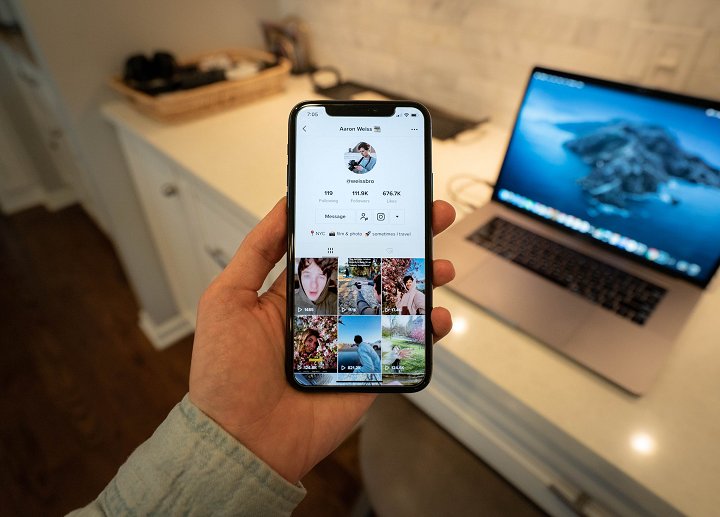Building Deeper Connections With a Content Strategy
Content is king, and that means bringing a strategic approach to every piece of content your brand puts out.

Staying relevant to your target audience gets more difficult as consumers grow more sophisticated. All of the social media channels, both ingrained and emerging, are bursting with new, high quality content every hour. This means that the days of letting an intern wing it on your social channels are over. Instead, it’s necessary to get strategic with your content.
Your social media channels, company blog, paid media ads, and more, are all marketing tools to showcase your company, and must be treated as such. The content you put out should align with your brand; it should show your company’s personality; it should entertain and inform your target audience; it should add value for your customers. In order to achieve all of these things, you need to put together a content strategy, which keeps track of all of these moving parts. Let’s dissect what makes a good content strategy, and the importance of having one.

What is a Content Strategy?
A content strategy is the document that ties together all of your brand’s content, including social media, paid media, blogging, video, and more. You need to build out your brand in a way that ensures your company can connect and stay relevant with your audience, and this is all laid out in your content strategy. So what are the components of a strong content strategy?

To ensure your content is humming along like the precise marketing tool it should be, you need:
-
Channels: For any solid content strategy, you need to first map your entire content landscape. Make a list of all of your channels, including social, paid media, blog, etc., so that you can standardize your brand and content across every channel. This way, every interaction that a potential customer has with your brand is covered in the content strategy.
-
Key Messaging: Once you have a grip on all of the channels you’re producing content for, it’s time to outline your message. This involves putting together 3-5 key messages that you want to communicate, so that your content always has a direction. The content you create won’t always have these messages directly in it, but these messages will serve as a spiritual guide for everything you put out, to keep your content on brand.
-
Targeting: With the avalanche of content available online, and targeting tools constantly getting better, you need to have a pinpointed target for your content, or it’ll get lost in the onslaught. Use your content strategy to rigorously outline your audience. This way, you can understand what you’re aiming at, to properly calibrate the efficacy of your content.
-
Tone and Voice: One of the most important things to lock down in your content strategy is the tone and voice of content for each channel. While consistency across channels is key, you also need to ensure that the tone and voice is appropriate for each channel. A blog post will differ from a TikTok video, but someone who sees both should always feel the power of your brand coming through the content.
-
CTAs: Engaging content is great, but you need to use it as a springboard to real business results. Strong calls-to-action (CTAs) will keep your audience locked in once they’re finished with your content, getting them to sign up, learn more, download, or whatever other action benefits your bottom line.
-
Content: Once you know the where, what, who, how, and what’s next of your content, it’s time to develop the content itself. You should take the time to create a full 2-3 months’ worth of posts and schedule out when you’ll be publishing each one. Knowing the best times to post for your audience on various platforms is key. By preparing all of your content ahead of time, you’ll be able to establish a steady cadence of posts and your team will have the luxury of not having to scramble for new content everyday.
-
KPIs: The final aspect of your content strategy is the gauge, the key performance indicators, which allow you to measure the effect that your content is having on your audience. Without these KPIs in place, you won’t be able to tell if your content is creating the connections you intend it to.

What About Paid Media?
While most companies think of their social media and blog as separate from their paid media and paid social ads, at Vrrb, we treat these as part and parcel of a single content strategy. Incorporating your paid and social media advertising into your content strategy, completing a full month or quarter of ads and strategy at once, ties all of your content together under a single unified message.
We understand that the lines between paid ads and organic social content are becoming increasingly blurred, because both are key touchpoints between your brand and your audience. Due to the lack of distinction here, we incorporate paid and organic content into every one of our content strategies.
Why Take a Campaign-Based Approach?
We take a campaign-based approach to content for many reasons. Primarily, it’s because we recognize that all public content should serve a marketing function for your business. Social media is no longer just for telling the world what you ate for lunch; it’s the primary media outlet for the vast majority of Americans. Since social media and the digital world has become so sophisticated, your company needs to treat it with the appropriate amount of tact and strategy.
A marketing campaign strategy brings together digital, traditional, and social ads under a single messaging theme, targeted at various audiences. A modern content strategy must do the same for social media, blogs, video, paid media ads, and more. That’s why you need a campaign-based approach to your content strategy.
If you’re looking for a campaign-based approach to refreshing your content strategy, get in touch with the Vrrb team today, so we can help you forge connections with your audience.